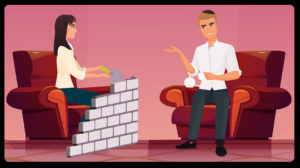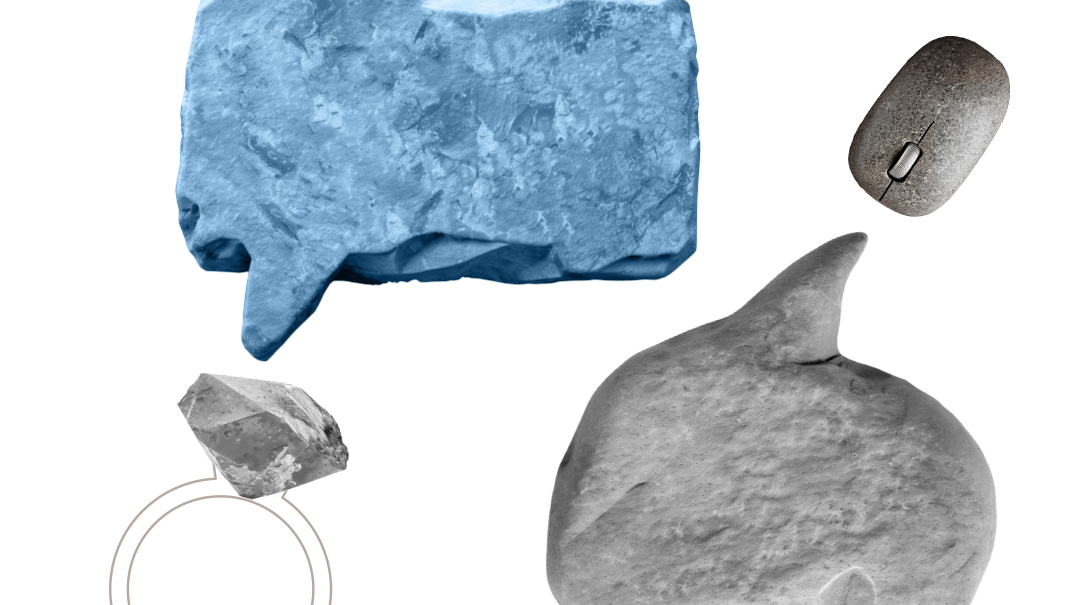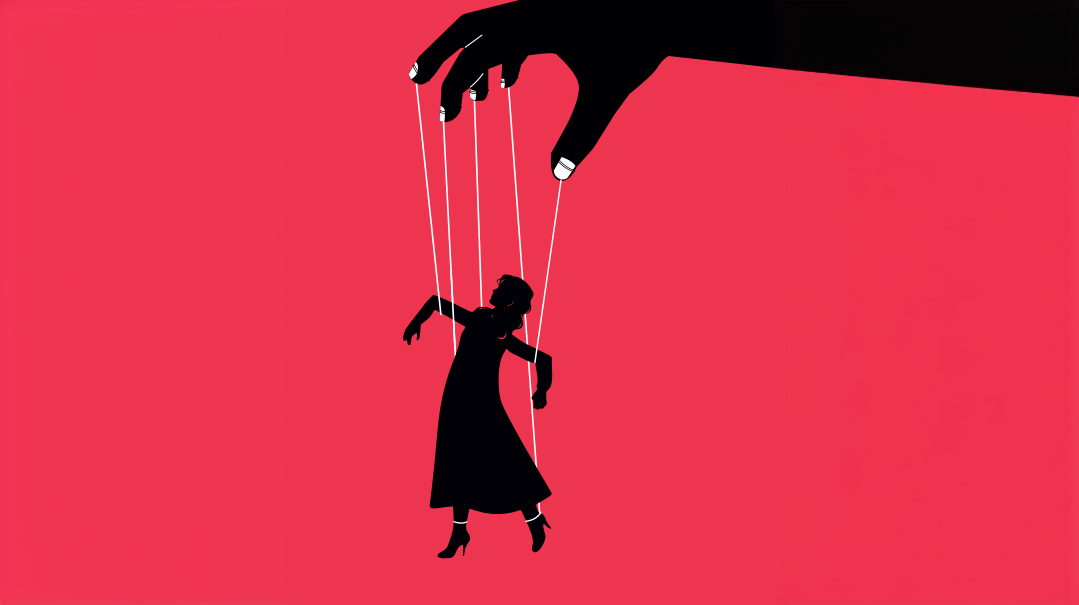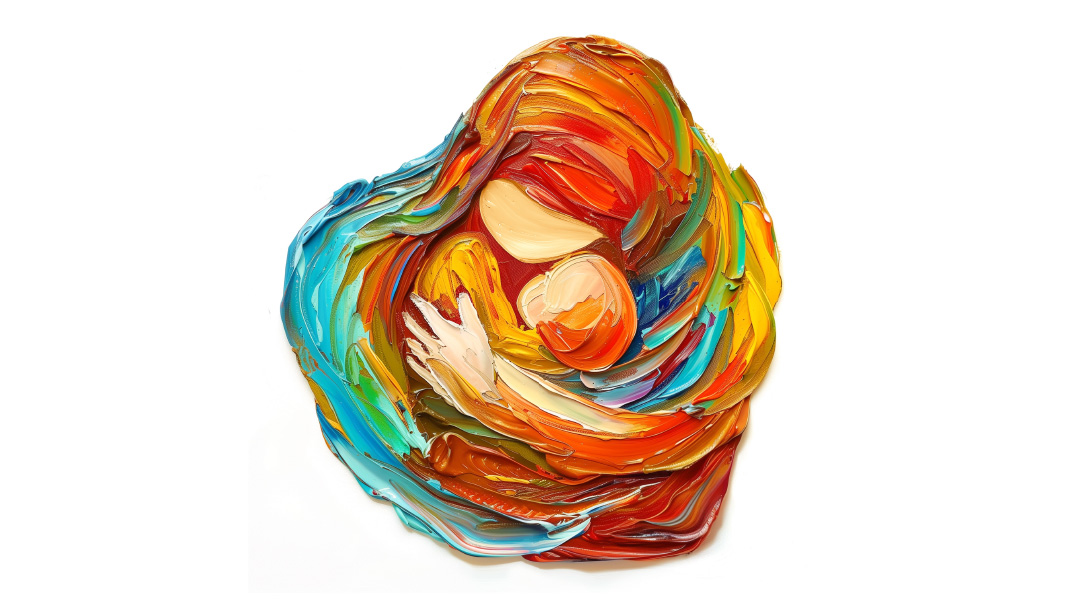When the Heart Breaks
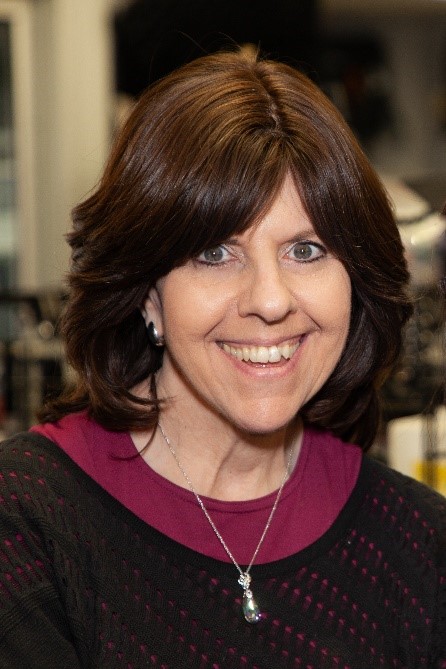
Dr. Elaine Kamil was shocked when she was diagnosed with Broken Heart Syndrome. Here’s how she discovered the condition and got it under control
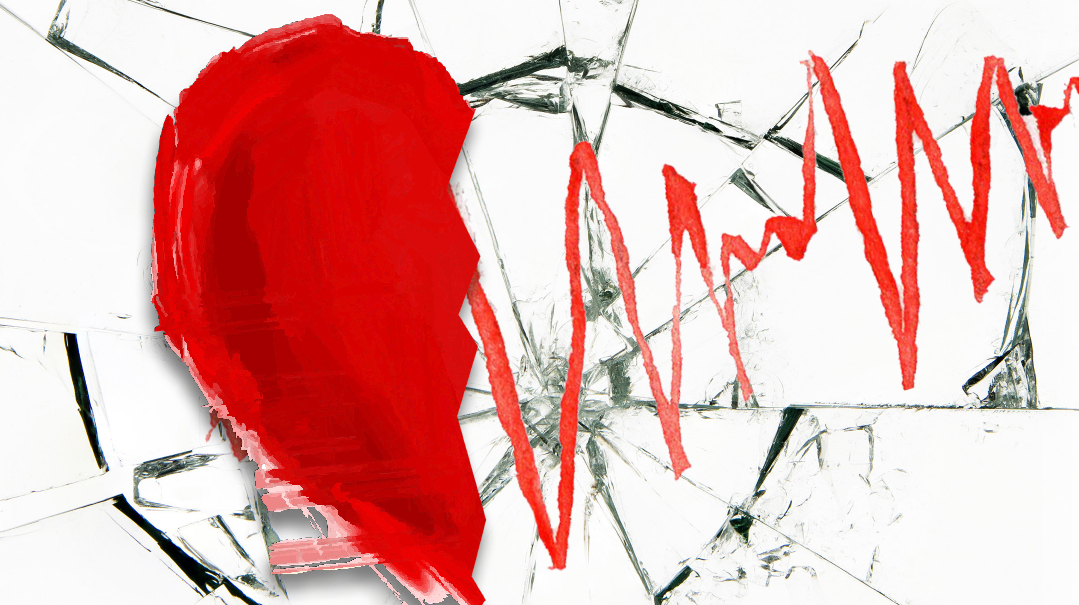
"I had just returned home from a busy work trip to Washington, D.C., in 2013, and as I was falling asleep, I developed severe chest pain. I was 66 and I thought to myself, ‘No way!’” relates Dr. Elaine Kamil. “I had no serious health conditions. And even though I was on blood pressure medications and a low dose of a lipid-lowering agent, my lipids were great.”
Despite the late hour, Dr. Kamil, a pediatric nephrologist at Cedars-Sinai in Los Angeles, who also has a faculty appointment at UCLA, headed for the ER. “When I was admitted, my cardiologist was called and informed that I was there for a coronary issue. He was surprised because just a few months prior, I’d done a stress echo — an echocardiogram done while exercising — and it was normal.”
It turned out that the problem wasn’t her coronaries. When the doctors did a cardiac catheterization the next morning, they discovered the real issue: Takotsubo Cardiomyopathy.
Breaking Under Pressure
In Japanese, the word “Takotsubo” means “octopus trap,” which is similar to the shape the heart’s left ventricle takes when affected by Takotsubo Cardiomyopathy. But the condition has other names, too: Apical Ballooning Syndrome (since it causes the lower part of the left ventricle to balloon out), and Stress Cardiomyopathy.
The most common name for the condition, however, is Broken Heart Syndrome because “the initiating factor appears to be intense psychological emotional stress, such as a sudden personal loss,” notes Dr. David A. Kass, M.D., director, Institute of CardioScience, Johns Hopkins University School of Medicine.
Though Broken Heart Syndrome is often triggered by a sudden traumatic event, such as a car accident or living through a natural disaster like an earthquake, other times, “It occurs in individuals who may have had some initial emotional or physical trauma, but their stress levels increase more slowly over time without their being aware of it,” says Dr. Kass.
There’s been an uptick of Broken Heart Syndrome since last spring. “Cleveland Clinic and the Journal of the American Medical Association researchers have found a rise in Broken Heart Syndrome during the COVID-19 pandemic,” notes Dr. Kamil. “More patients are coming in with presenting symptoms — probably because of the stressors of being home, being isolated, and worrying. I’ve also read that some people who had a severe case of COVID have experienced an episode of Takotsubo.”
Dr. Kass describes what happens in the body when a person endures a heavy blow of stress. “In this neural hyper-adrenaline state, where too much stimulating hormone is released in the patient, the heart can get ‘stunned.’ It particularly manifests in the lower half of the heart muscle, in the chamber that’s responsible for pumping blood to the rest of the body.”
Normally, when the heart contracts, the lower region of the heart gets small as each contraction ends. “But with a stunned ‘Broken Heart,’ ” says Dr. Kass, “it balloons out like a bubble, not able to shorten, while the rest of the heart walls start moving inward.”
Electrocardiographically, Takotsubo can resemble a heart attack. “If you look at the heart beating, it looks like it’s not getting enough blood flow, as happens with a heart attack,” says Dr. Kass. “But this isn’t really the problem since the arteries are wide open. The issue is that the heart is being stimulated by too much adrenaline — and the heart reacts by shutting down, acting like it’s stunned.”
The sudden, severe chest pain Dr. Kamil felt before she was admitted to the ER is a telltale symptom of Broken Heart Syndrome, as is shortness of breath. Other indicators include irregular beating of the heart, fainting, and low blood pressure. The hyperstimulation of the triggering event can also send pain signals to the brain, causing additional discomfort to the patient.
After Dr. Kamil was diagnosed, she spent a couple of nights in the coronary care unit of the hospital. When she returned home a few days later, she was wiped out. “It was quite a journey,” she says.
The Aftermath
The majority of people heal quickly from Takotsubo Cardiomyopathy. “The heart usually returns to normal — it just takes some time for that stunned effect to wash out; around a few weeks,” says Dr. Kass. “Also, the long-term risk is much lower compared to experiencing a heart attack.”
He shares an astonishing case of Broken Heart Syndrome, experienced by a family member. “My relative was choking on something she was eating. The food seemed stuck — not in the airway to her lungs, but in the tube that leads to the stomach. As she was trying to clear this, she got increasingly agitated and distressed. Ultimately, it led to an increase in stress hormones and she presented to an emergency room with signs of a heart attack.
“Her echo looked abnormal for a while and she underwent catheterization because the doctors wanted to find the clogged artery. But her coronaries were completely normal. The diagnosis was Takotsubo, but within a matter of a few weeks, her heart function on an echocardiogram was back to normal.”
Dr. Kamil’s echo was normal a month later, too, but she still didn’t feel back to herself. “The doctors told me I wouldn’t feel normal for about six months and they were right on target,” says Dr. Kamil. “I was put on all these medications and some of them lowered my blood pressure. I was dragging with lingering fatigue. When the medications were finally regulated, I was pretty much back to normal.”
The medications Dr. Kamil takes for Takotsubo are ones she’ll have to take her whole life. “I’m on the same lipid-lowering agent I was on before, just a higher dose. I also take a baby aspirin every day and Losartan, a blood pressure medication that also reduces the likelihood of having another episode.”
But Dr. Kamil doesn’t complain. “I take care of transplant patients who are on a dozen medicines — this is a piece of cake compared to what they have to endure!”
She also started cardiac rehabilitation. “In rehab, you do cardio training using a treadmill or stationary bike with cardiac monitoring that’s under the supervision of trained nurses and physical therapists.” Relaxation techniques are also taught to prevent future Takotsubo episodes.
Dr. Kamil remembers how intimidating it was to reenter society after her diagnosis. “You lose confidence in your health. And you don’t know how to interpret little tweaks that you would have normally brushed off — because you can’t brush them off. Women need to be aware that when they have chest pain, it can be a real thing and not ignore it. Get it checked out.”
Healing a Stressed Heart
A few months after Dr. Kamil’s initial ER visit, she was still experiencing heart palpitations and an irregular heart rate. “That was distressing,” Dr. Kamil says. “I kept asking myself, ‘What’s going on?’
Probably one of the most difficult things about having had Takotsubo is that if you get a twinge of pain in your chest, it leaves you wondering if it’s reflux or your heart. Since Takotsubo is caused by stress, I kept thinking, Don’t get stressed! I can’t be stressed!”
But life is full of stressors, especially for Dr. Kamil, who was logging 50–60 hours a week at the hospital. Because of her diagnosis, she knew she had to reduce her workload. “At the time, Cedars-Sinai was just converting to the electronic health record, so instead of going back to the clinic, I decided to stay in the office to work on the patients’ electronic charts.”
She also scheduled an appointment with Dr. Bairey Merz at Cedars-Sinai, an expert in women’s heart issues. “When I met with her and told her about my work schedule, she responded, ‘What are you doing? Why are you still working so many hours? Just cut back!’ ”
Dr. Kamil reduced her hours by 60 percent. Later, she cut back even further. “I really like my work, but when you’re a professional engaged in your work — in my case, taking care of very sick children — it basically permeates your whole life. I was really pushing myself. You don’t even realize how stressful it is until you back away from it.” Today, she primarily conducts clinical research studies on patients with kidney disease.
Though Dr. Kamil recognizes that work stress likely contributed to her diagnosis, she suspects that the initial trigger for her Broken Heart Syndrome was a broken heart: “I probably had my first episode of Takotsubo in 2009, when my son, Adam, died unexpectedly at age 31. A couple days after his death, I experienced severe chest pains, but while mourning, I quickly dismissed them — not going to the hospital or doing anything else about it.
“I suspect persistent grief may have played a role in my second, larger episode years later. Parents just don’t get over a death of a child.”
Though Takotsubo is treated medically, there’s obviously a huge psychological component, which is why therapy is sometimes encouraged.
Dr. Michelle Friedman, a Baltimore-based clinical psychologist in private practice, helps Takotsubo patients address their diagnosis from an emotional standpoint.
“People come in because the want to ‘get a handle’ on their Broken Heart Syndrome diagnosis,” says Dr. Friedman, “so we start by discussing what triggered the episodes, and we explore underlying conditions that may have contributed to the breakthrough symptoms.”
With a case like Dr. Kamil’s, says Dr. Friedman, she might have explored the trauma experienced before and after the death of her son, as well as some of the most challenging kidney patients — including those with whom a close emotional bond was forged.
Once the underlying stressors are identified, Dr. Friedman works with patients to reframe their view of the situation, a technique that has been shown to reduce stress.
Developing a realistic self-care plan is also central to the healing process. “Ideally, a self-care plan supports self-esteem by lowering anxiety and boosting confidence. I ask patients to keep a daily journal, tracking activities that keep the patient feeling calm, centered, and in charge of their Broken Heart Syndrome — as well as tracking setbacks and difficulties.”
Also beneficial are mindfulness exercises, says Dr. Friedman, such as deep breathing and autogenic training, a method that leads to deep and total body relaxation.
In certain cases, it helps to collaborate with people in the patient’s life, with client permission of course. “Sometimes I pull a patient’s colleagues into a session because our ‘work family’ — those we spend time with each day — are a big part of our support system,” says Dr. Friedman.
Stress is often triggered by a too-full plate, whether professionally or personally. To help patients identify this for themselves, Dr. Friedman will design a day, a week, and even a month that all realistically capture the patient’s skills and energy level both at home and on the job. “Examining the patient’s core beliefs — their expectations as opposed to what is actually realistic — may take several conversations,” says Dr. Friedman.
Seven years after Dr. Kamil’s initial diagnosis, she feels great. “I see my cardiologist every six months. I’ve had some blood pressure management issues, so I now check my blood pressure pretty regularly. Sometimes, if your blood pressure is too low, you start dragging, so it’s a delicate balance. So far, so good.”
Dr. Kamil and her husband are avid travelers; they particularly love going on safaris in Botswana and Zimbabwe, Africa. “Six months after my ER visit, I was able to travel again,” Dr. Kamil relays. “As I was getting ready to go, my cardiologist asked me, ‘what’s your plan if you get chest pains when you’re there?’ I had no idea. So she gave me a prescription for a nitro patch. If you’re having a Takotsubo episode, the nitro patch dilates the small blood vessels in the heart to increase blood flow. I never used the patch, but it was nice to know I had it. I’ve been to Africa twice since then.”
Looking back, Dr. Kamil says that her illness taught her a major lesson: listen to your body and don’t push too much. “I see,” she says, “that I’m becoming a better listener of my own body.”
10 Potential Triggers of Broken Heart Syndrome
The death of a loved one
A frightening medical diagnosis
Domestic abuse
Losing — or even winning — a lot of money
Strong arguments
A surprise party
Public speaking
Job loss or financial difficulty
Divorce
Physical stressors, such as an asthma attack, COVID-19 infection, a broken bone, or major surgery
Source: Mayo Clinic
(Originally featured in Family First, Issue 735)
Oops! We could not locate your form.


